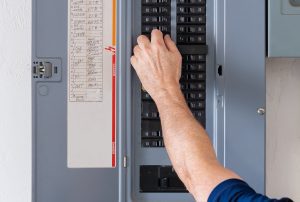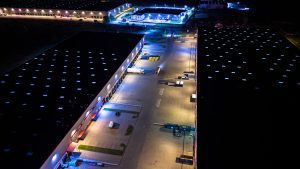Africa continues its quest to achieve equilibrium and growth in a disjointed world. Indeed, it’s an honourable one which sees countries across the continent mobilising to transition a stronger economic posture built on the foundation of access to energy and exciting market segments.
That said, Africa’s natural growth trajectory contrasts with the globe’s established regions which mainly focus on enhancement and maintenance. The continent, on the other hand, is investing in infrastructure driven by population growth and the need for economic transformation.
Establishing balance
The continued strive for equilibrium is impacted by a number of somewhat opposing factors; some challenging, others exciting and optimistic.
For one, inflation remains a concern across Africa, impacting commodities like fuel and staple food products. Here, energy costs contribute significantly to rising food prices, affecting economic stability and growth.
On the opposite of the spectrum is the continent’s growing segments such as mining, minerals and metals sector (particularly for copper and battery minerals) which continue to attract private investment. These ventures create jobs and stimulate secondary businesses, driving economic development.
Experts agree with, for example, analyst firm, the Economist Intelligence Unit (EIU) stating the African mining industry offers “enormous long-term potential” even though several challenges still face investors in the sector.
In a research report on the future of the African mining sector, EIU says: “Africa will play a crucial role in bridging the gap between the supply and the demand of technology-critical metals and minerals, which will see international mining companies intensify their competition by expanding existing mines, developing new ones and designing more efficient extraction and production facilities.”
Tipping the scale to access to energy prosperity
Like its counterparts across the globe, Africa is also working towards a low-carbon future. This goal has resulted in increased demand for working capital in African countries that traditional lenders are often unable to provide.
Fortunately, meeting low carbon goals has opened the market to new financing option such as the increased availability and competitiveness of Export Credit Agency (ECA)-supported funding.
The role of ECAs in facilitating deals in Africa is evolving, with an expanding number of programmes and products covering projects related to the trade in renewables, raw materials and critical minerals in Africa.
Again, emphasising a juxtaposition of sorts, Africa also features an abundance of natural resources as well hydrocarbons which, on balance, have to the potential to contribute to strong distributed energy resources (DERs) posture.
Underscoring the above and in an effort to accelerate the continent’s access to energy, the World Bank Group and the African Development Bank Group have announced an ambitious effort to provide at least 300 million people in Africa with electricity access by 2030.
The World Bank Group will work to connect 250 million people to electricity through DERs systems or the distribution grid while the African Development Bank Group will support an additional 50 million people.
The involvement of the World Bank and various investment banks is a significant development, as they are essential players in financing global infrastructure projects. Their demand for proper execution aligns well with the capabilities of multinational companies like Schneider Electric, which are key contributors to energy infrastructure.
We are exciting about the continent and will through strategic approaches offer the services and solutions to meet the future needs of a well-balanced African marketplace.




Add a comment